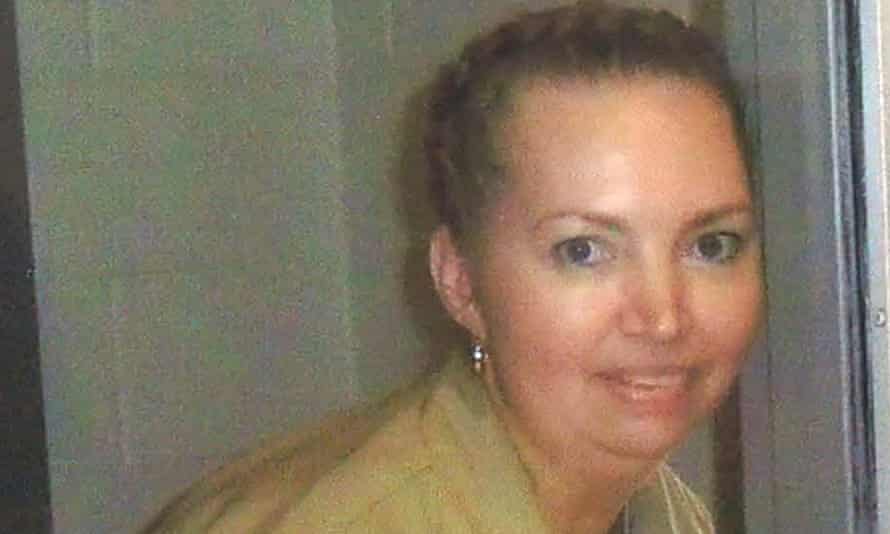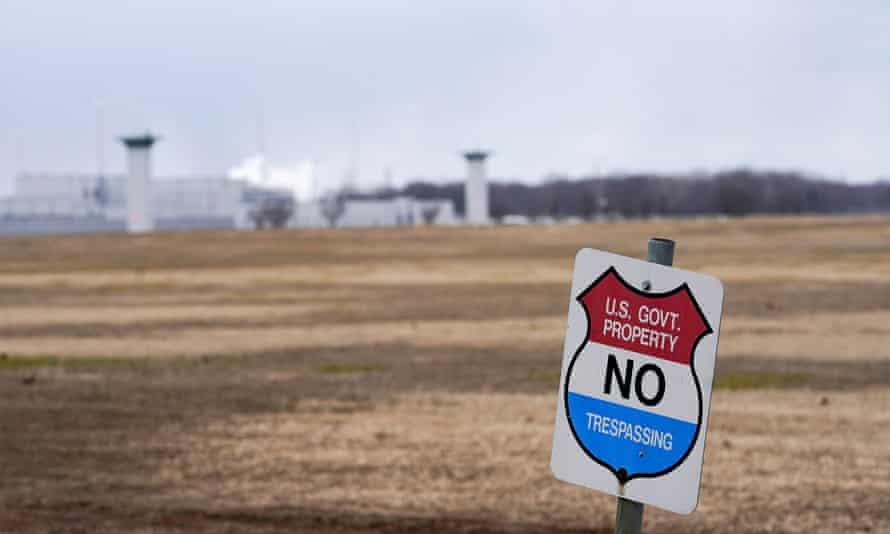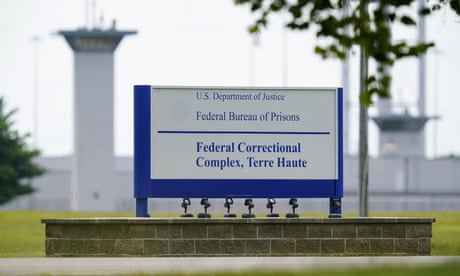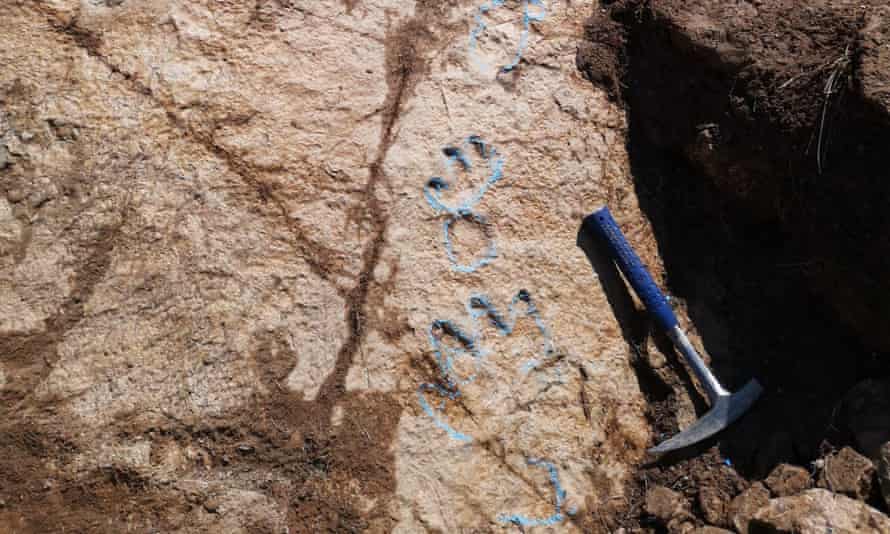CRIMINAL CAPITALI$M PRIVATIZATION PUTSCH
Flint water probe brings charges against ex-governor, others
FLINT, Mich. — A new investigation of the Flint water disaster led to charges against nine people, including former Michigan Gov. Rick Snyder and key members of his administration, who are accused of various crimes in a calamitous plan that contaminated the community with lead and contributed to a fatal outbreak of Legionnaires’ disease, authorities said Thursday.

© Provided by The Canadian Press
Nearly seven years after the doomed decision to use the Flint River, pipes at more than 9,700 Flint homes have been replaced and water quality has greatly improved. But prosecutors said it's not too late to pursue people responsible for one of the worst human-made environmental disasters in U.S. history.
It’s the second time that six of the nine people have faced charges; their previous cases were dropped in 2019 when a new prosecution team took over. Snyder is the biggest new name in the bunch, though his alleged crimes are not as serious as others: two misdemeanour counts of wilful neglect of duty.
Snyder’s former health director, Nick Lyon, and ex-chief medical executive, Dr. Eden Wells, were charged with involuntary manslaughter in the 2015 deaths of nine people with Legionnaires’. Authorities said they failed to alert the public about a regional spike in Legionnaires’ when the water system might have lacked enough chlorine to combat bacteria in the river water.
“The Flint water crisis is not some relic of the past,” Fadwa Hammoud of the state attorney general’s office told reporters. “At this very moment, the people of Flint continue to suffer from the categorical failure of public officials at all levels of government who trampled upon their trust and evaded accountability for far too long.”
The charges stemmed from evidence presented to Judge David Newblatt, who served as a secret one-person grand jury. All nine defendants pleaded not guilty during a series of brief court appearances.
The indictment alleges that Snyder failed to check the “performance, condition and administration” of his appointees and protect Flint’s nearly 100,000 residents when he knew the threat. The Republican served as governor from 2011 through 2018.
Wearing a mask, Snyder, 62, said little during his hearing, which was conducted by video. He replied, “Yes, your honour,” when asked if he was living in Michigan. A conviction carries up to a year in jail.
Snyder has acknowledged that his administration failed in Flint. But his attorney, Brian Lennon, said a criminal case against him was a “travesty.”
“These unjustified allegations do nothing to resolve a painful chapter in the history of our state,” Lennon said. “Today’s actions merely perpetrate an outrageous political persecution.”
In 2014, a Snyder-appointed emergency manager, Darnell Earley, who was running the financially struggling, majority Black city, carried out a money-saving decision to use the Flint River for water while a pipeline from Lake Huron was under construction.
The corrosive water, however, wasn't treated properly, a misstep that freed lead from old plumbing and into homes. Despite desperate pleas from residents holding jugs of discolored, skunky water, the Snyder administration, especially drinking water regulators, took no significant action until a doctor publicly reported elevated lead levels in children about 18 months later.
Lead can damage the brain and nervous system and cause learning and behaviour problems. Flint’s woes were highlighted as an example of environmental injustice and racism. The city resumed getting water from a Detroit regional system in October 2015, though bottled water and filters were distributed for years.
Former Mayor Karen Weaver, who was elected in 2015 after the disaster was recognized, said Snyder deserved more than misdemeanours.
“Snyder got a slap on the wrist and Flint got a slap in the face. ... Not only did people lose their lives through Legionnaires', we know women who had stillbirths and miscarriages,” Weaver said.
Authorities counted at least 90 cases of Legionnaires’ disease in Genesee County during the 2014-15 water switch, including 12 deaths. Legionella bacteria can trigger a severe form of pneumonia when spread through misting and cooling systems.
Defence attorney Chip Chamberlain said Lyon, the former health director, relied on the advice of experts when following the Legionnaires’ spike and forming policy as head of a sprawling agency.
“This is a dangerous day for state employees,” Chamberlain said of the charges.
Steve Tramontin — a lawyer for Wells, the ex-medical executive — called the allegations false and “unimaginable to anyone familiar with the level of dedication she has brought to her life’s work.”
Prosecutors charged Earley and another former Flint manager, Gerald Ambrose, with misconduct. Rich Baird, a friend and close adviser to Snyder, was charged with extortion, perjury, obstruction of justice and misconduct. Jarrod Agen, who was Snyder’s chief of staff, was charged with perjury.
Attorney Charles Spies disputed the charge against Agen and said he co-operated “fully and truthfully” with investigators.
The indictment accuses Baird, a Flint native, of making threats during a university-led investigation of the Legionnaires’ outbreak. He’s also accused of lying during an interview with Flint water investigators in 2017.
“There are no velvet ropes in our criminal justice system,” Hammoud said. “Nobody — no matter how powerful or well-connected — is above accountability when they commit a crime.”
Separately, the state, Flint, a hospital and an engineering firm have agreed to a $641 million settlement with residents. A judge said she hopes to decide by Jan. 21 whether to grant preliminary approval.
Melodie Ingraham, 61, whose skin was irritated by the tainted water, said the criminal charges don't mean much to her.
“It’s awful late in the day. They’re worried about the wrong thing," Ingraham said. "The issue is getting Flint back up and running, being safe again.”
__
White reported from Detroit and Eggert reported from Lansing, Mich.
David Eggert, Ed White And Corey Williams, The Associated
Nearly seven years after the doomed decision to use the Flint River, pipes at more than 9,700 Flint homes have been replaced and water quality has greatly improved. But prosecutors said it's not too late to pursue people responsible for one of the worst human-made environmental disasters in U.S. history.
It’s the second time that six of the nine people have faced charges; their previous cases were dropped in 2019 when a new prosecution team took over. Snyder is the biggest new name in the bunch, though his alleged crimes are not as serious as others: two misdemeanour counts of wilful neglect of duty.
Snyder’s former health director, Nick Lyon, and ex-chief medical executive, Dr. Eden Wells, were charged with involuntary manslaughter in the 2015 deaths of nine people with Legionnaires’. Authorities said they failed to alert the public about a regional spike in Legionnaires’ when the water system might have lacked enough chlorine to combat bacteria in the river water.
“The Flint water crisis is not some relic of the past,” Fadwa Hammoud of the state attorney general’s office told reporters. “At this very moment, the people of Flint continue to suffer from the categorical failure of public officials at all levels of government who trampled upon their trust and evaded accountability for far too long.”
The charges stemmed from evidence presented to Judge David Newblatt, who served as a secret one-person grand jury. All nine defendants pleaded not guilty during a series of brief court appearances.
The indictment alleges that Snyder failed to check the “performance, condition and administration” of his appointees and protect Flint’s nearly 100,000 residents when he knew the threat. The Republican served as governor from 2011 through 2018.
Wearing a mask, Snyder, 62, said little during his hearing, which was conducted by video. He replied, “Yes, your honour,” when asked if he was living in Michigan. A conviction carries up to a year in jail.
Snyder has acknowledged that his administration failed in Flint. But his attorney, Brian Lennon, said a criminal case against him was a “travesty.”
“These unjustified allegations do nothing to resolve a painful chapter in the history of our state,” Lennon said. “Today’s actions merely perpetrate an outrageous political persecution.”
In 2014, a Snyder-appointed emergency manager, Darnell Earley, who was running the financially struggling, majority Black city, carried out a money-saving decision to use the Flint River for water while a pipeline from Lake Huron was under construction.
The corrosive water, however, wasn't treated properly, a misstep that freed lead from old plumbing and into homes. Despite desperate pleas from residents holding jugs of discolored, skunky water, the Snyder administration, especially drinking water regulators, took no significant action until a doctor publicly reported elevated lead levels in children about 18 months later.
Lead can damage the brain and nervous system and cause learning and behaviour problems. Flint’s woes were highlighted as an example of environmental injustice and racism. The city resumed getting water from a Detroit regional system in October 2015, though bottled water and filters were distributed for years.
Former Mayor Karen Weaver, who was elected in 2015 after the disaster was recognized, said Snyder deserved more than misdemeanours.
“Snyder got a slap on the wrist and Flint got a slap in the face. ... Not only did people lose their lives through Legionnaires', we know women who had stillbirths and miscarriages,” Weaver said.
Authorities counted at least 90 cases of Legionnaires’ disease in Genesee County during the 2014-15 water switch, including 12 deaths. Legionella bacteria can trigger a severe form of pneumonia when spread through misting and cooling systems.
Defence attorney Chip Chamberlain said Lyon, the former health director, relied on the advice of experts when following the Legionnaires’ spike and forming policy as head of a sprawling agency.
“This is a dangerous day for state employees,” Chamberlain said of the charges.
Steve Tramontin — a lawyer for Wells, the ex-medical executive — called the allegations false and “unimaginable to anyone familiar with the level of dedication she has brought to her life’s work.”
Prosecutors charged Earley and another former Flint manager, Gerald Ambrose, with misconduct. Rich Baird, a friend and close adviser to Snyder, was charged with extortion, perjury, obstruction of justice and misconduct. Jarrod Agen, who was Snyder’s chief of staff, was charged with perjury.
Attorney Charles Spies disputed the charge against Agen and said he co-operated “fully and truthfully” with investigators.
The indictment accuses Baird, a Flint native, of making threats during a university-led investigation of the Legionnaires’ outbreak. He’s also accused of lying during an interview with Flint water investigators in 2017.
“There are no velvet ropes in our criminal justice system,” Hammoud said. “Nobody — no matter how powerful or well-connected — is above accountability when they commit a crime.”
Separately, the state, Flint, a hospital and an engineering firm have agreed to a $641 million settlement with residents. A judge said she hopes to decide by Jan. 21 whether to grant preliminary approval.
Melodie Ingraham, 61, whose skin was irritated by the tainted water, said the criminal charges don't mean much to her.
“It’s awful late in the day. They’re worried about the wrong thing," Ingraham said. "The issue is getting Flint back up and running, being safe again.”
__
White reported from Detroit and Eggert reported from Lansing, Mich.
David Eggert, Ed White And Corey Williams, The Associated

















